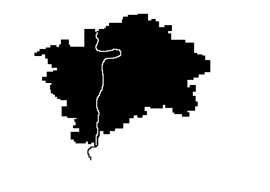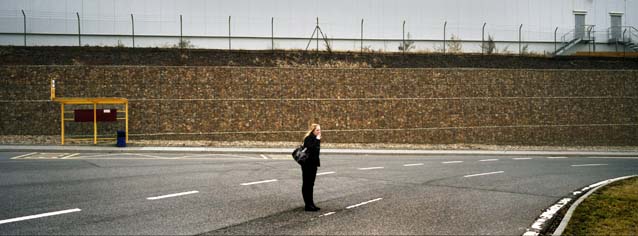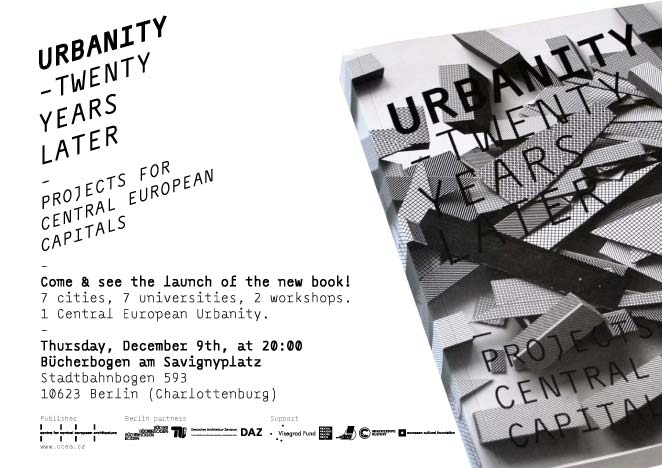
Praha
City foundation:
9th century
Population:
1.169.106 inhabitans
Area:
496 Km2 per district
Density:
2.504 inhab./km2
Dividing the city:
22 districts/57 municipies
Mayor:
Pavel Bém (ODS)
Prague is one of the most important and developed regions even within the entire EU. This position of Prague is given by its long-term historical development and also its geographical location contributes to that.
The beginnings of Prague could be found in the second half of the 9th century when the Prague Castle was founded. Much of the early history of Czech Republic is connected with the Habsburg Empire. Following the First World War, the Czechs and Slovaks merged to form Czechoslovakia. After World War II, Czechoslovakia fell within the Soviet influence. With the collapse of Soviet authority in 1989, Czechoslovakia regained its freedom through a peaceful "Velvet Revolution." On 1 January 1993, Czech Republic and Slovakia became independent. The Czech Republic joined NATO in 1999 and the European Union in 2004.
From the photography exhibition

Tomáš Pospěch, Prague 2009
Re-interpretation of public areas

Martin Zeman, Prague 2009
New cities without the character of citiness
